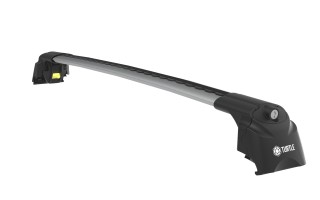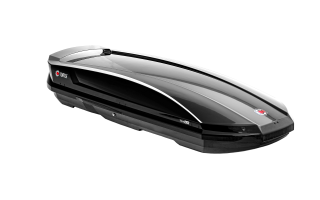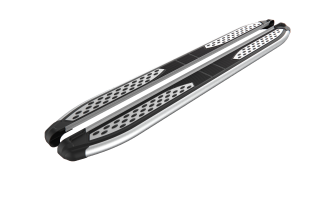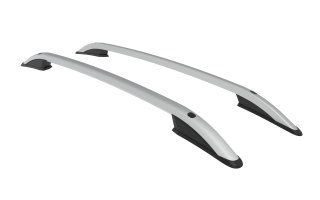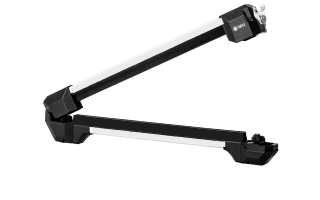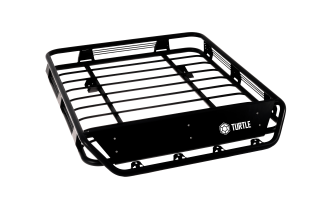Loading a vehicle beyond its designated carrying capacity not only negatively impacts performance but can also lead to various mechanical and safety issues. When a vehicle is used without adhering to the manufacturer’s specified maximum load limit, its long-term durability and safety are put at risk. Below are the effects of overloading on a vehicle and key points to consider:
Potential Damages Caused by Overloading
1. Excessive Strain on the Suspension System
The suspension system is designed to support the vehicle’s weight and ensure ride comfort. Overloading causes:
- Springs and shock absorbers to compress more than intended, which lowers the vehicle’s height and stresses the suspension components.
- Premature wear on suspension joints and bushings, negatively affecting handling and stability.
2. Reduced Tire Lifespan
Excessive load places abnormal pressure on the tires, leading to:
- Overheating and accelerated wear of tire surfaces.
- Uneven tire wear due to unbalanced weight distribution.
- Increased risk of blowouts, especially during high-speed travel, which poses serious safety threats.
3. The Braking System Is Overstrained
Brakes are engineered to handle a vehicle’s maximum allowable load. Overloading places excessive stress on the braking system:
- Stopping distances increase, making it harder to stop the vehicle in emergencies.
- Brake discs and pads wear out more quickly, leading to reduced braking performance.
4. Increased Fuel Consumption
Carrying excessive weight forces the engine to work harder, significantly increasing fuel consumption:
- The vehicle’s aerodynamic efficiency is compromised, further reducing fuel economy.
- Especially on long trips, greater weight results in noticeably higher fuel costs.
5. Stress on Drivetrain Components
The drivetrain, responsible for transmitting engine power to the wheels, is placed under greater strain when overloaded:
- Transmission, differential, and axle systems may overheat and wear out more quickly.
- This can lead to mechanical failures, particularly during uphill driving or prolonged trips with heavy loads.
6. Steering and Handling Are Negatively Affected
Overloading alters the vehicle’s center of gravity, disrupting driving balance:
- Steering response becomes slower, making maneuvering more difficult.
- The risk of skidding increases during turns.
- Uneven weight distribution, especially during braking, makes vehicle control harder and less predictable.
7. Wear Occurs in the Exhaust and Engine Systems
Excess weight forces the engine to operate at higher RPMs:
- Engine oil and the cooling system may not function efficiently under excessive load.
- Overheating and soot buildup in the exhaust system can occur, leading to reduced performance and potential damage.
Recommendations to Prevent These Damage
- Always adhere to your vehicle’s maximum load capacity, as specified in the owner’s manual.
- Adjust tire pressure according to the load being carried.
Distribute weight evenly to maintain the vehicle’s center of gravity. - Don’t neglect regular maintenance of critical systems like brakes, suspension, and tires.
Key Points to Prevent Overloading
- Follow Manufacturer Recommendations: Always adhere to the maximum load capacity specified in your vehicle’s owner’s manual. This value is typically listed as the Gross Vehicle Weight Rating (GVWR) or Gross Axle Weight Rating (GAWR).
- Ensure Balanced Load Distribution: Position the load close to the center of the vehicle and distribute it evenly. Improper placement can disrupt the vehicle’s balance and handling.
- Check Tire Pressure: Tire pressure is critical when carrying heavy loads. Adjust the tire pressure according to the manufacturer’s recommendations based on the load condition.
- Use Cargo Accessories Properly: If you’re using equipment such as roof boxes, roof racks, or trailers, be sure not to exceed their weight limits. Each accessory has its own capacity.
- Lighten the Load for Fuel Efficiency: Remove unnecessary weight from the vehicle. Excess load not only damages the vehicle but also reduces fuel efficiency.
Overloading can shorten your vehicle’s lifespan and compromise driving safety. Always respect your vehicle’s weight limits during loading, as specified by the manufacturer. Proper loading not only protects the vehicle but also improves fuel efficiency and ensures a safer, more comfortable driving experience.
Solution for Overloading: Turtle Can Carry Roof Boxes
Overloading can seriously damage your vehicle, but one of the most effective ways to prevent this problem is by using a proper roof box. Turtle Can Carry Roof Boxes offer a safe and balanced transport solution, protecting your vehicle from excess weight.
Roof boxes allow you to securely carry extra luggage on your vehicle’s roof. The Turtle Can Carry models with capacities of 300 L, 310 L, and 420 L cater to different needs, while their aerodynamic designs improve fuel efficiency and driving performance. Made from lightweight materials, these roof boxes stand out for their durability and easy-to-clean surfaces.
Additionally, Turtle Can Carry roof boxes enable balanced loading and secure transportation thanks to internal fastening systems. The 420 L model, in particular, is ideal for long trips with its large capacity.
To enjoy a safe and comfortable driving experience without exceeding your vehicle’s load limits, visit the Turtle Can Carry Roof Box Models page and choose the one that suits your needs best!


